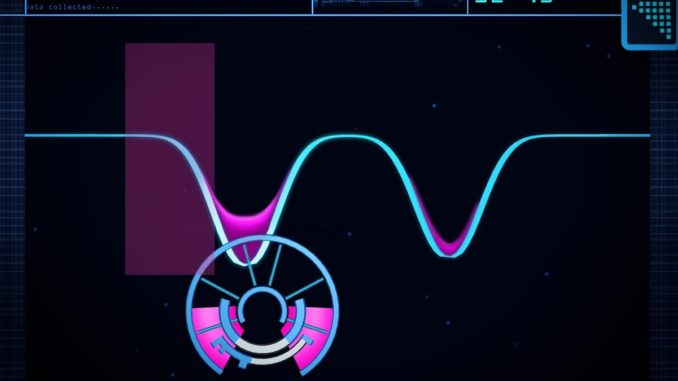
I’d like to briefly share with you an interesting example of gamification in quantum physics.
You can find the corresponding article here.
The point is that computers used to fail at solving a quantum equation. So a team created a game ruled by quantum rules which was played by 10.000 people.
This game was an analogy of this quantum problem that may lead to the creation of a quantum computer: Quantum moves models the moves of an electron (its wave function corresponds to a “fluid” in the game) towards a crystal (the target). The tool at the bottom of the screen is actually a LASER that moves the electron to the target without impairing its quantum state.
Guess what?
Gamers outperformed algorithms in terms of speed and performance. Actually, they solved the problem leading to an accurate model.
It was not the only one example of gamification that have succeeded. In the past, Foldit let people explore the possibilities in protein structures. An other example is Eyewire, a game that lets you explore a brain and, actually, map it.



Leave a Reply